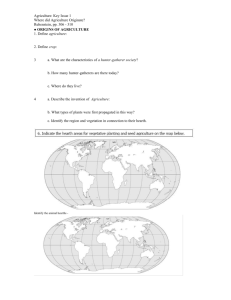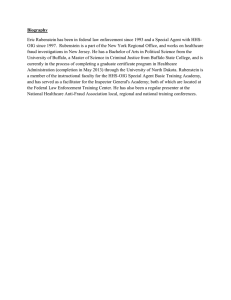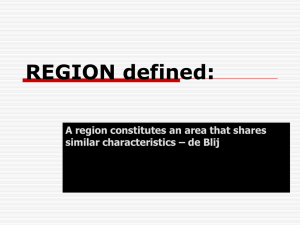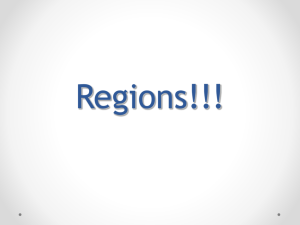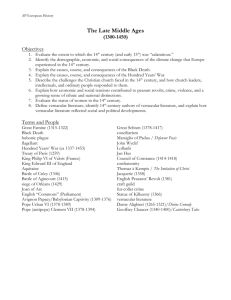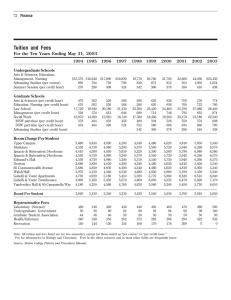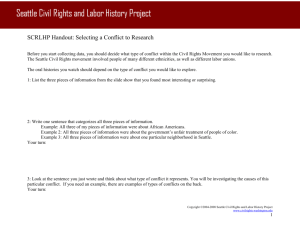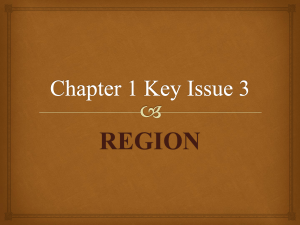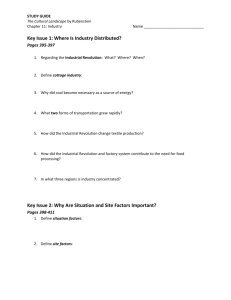unit seven Worksheet
advertisement
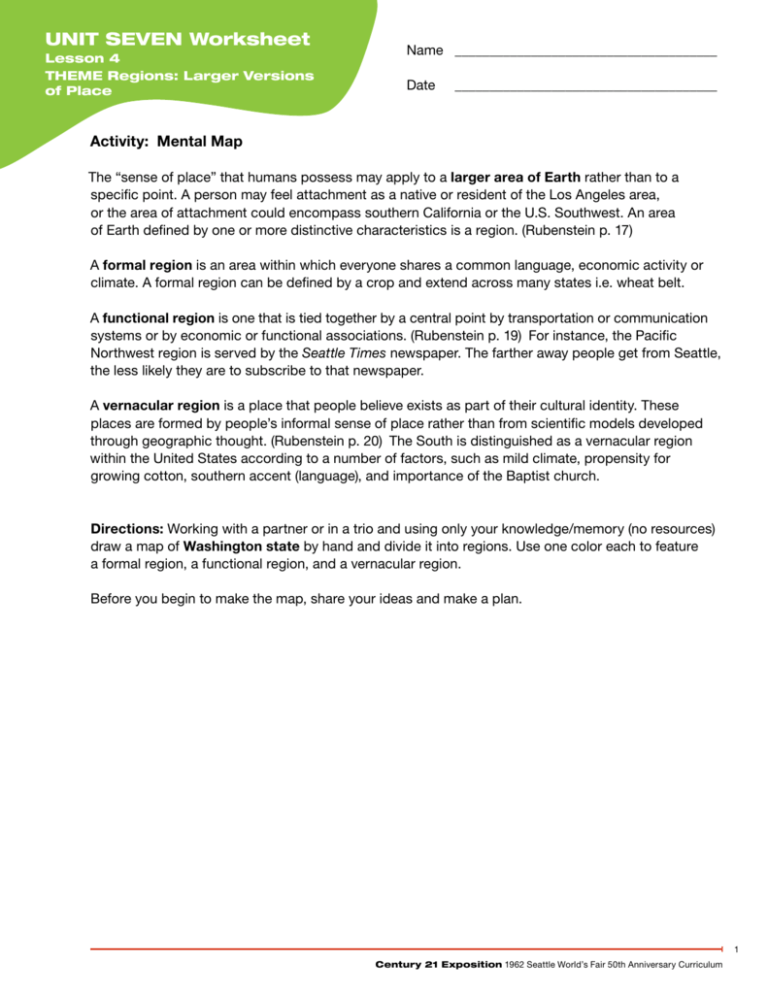
unit seven Worksheet Lesson 4 Theme Regions: Larger Versions of Place Name _______________________________________ Date _______________________________________ Activity: Mental Map The “sense of place” that humans possess may apply to a larger area of Earth rather than to a specific point. A person may feel attachment as a native or resident of the Los Angeles area, or the area of attachment could encompass southern California or the U.S. Southwest. An area of Earth defined by one or more distinctive characteristics is a region. (Rubenstein p. 17) A formal region is an area within which everyone shares a common language, economic activity or climate. A formal region can be defined by a crop and extend across many states i.e. wheat belt. A functional region is one that is tied together by a central point by transportation or communication systems or by economic or functional associations. (Rubenstein p. 19) For instance, the Pacific Northwest region is served by the Seattle Times newspaper. The farther away people get from Seattle, the less likely they are to subscribe to that newspaper. A vernacular region is a place that people believe exists as part of their cultural identity. These places are formed by people’s informal sense of place rather than from scientific models developed through geographic thought. (Rubenstein p. 20) The South is distinguished as a vernacular region within the United States according to a number of factors, such as mild climate, propensity for growing cotton, southern accent (language), and importance of the Baptist church. Directions: Working with a partner or in a trio and using only your knowledge/memory (no resources) draw a map of Washington state by hand and divide it into regions. Use one color each to feature a formal region, a functional region, and a vernacular region. Before you begin to make the map, share your ideas and make a plan. 1 Century 21 Exposition 1962 Seattle World’s Fair 50th Anniversary Curriculum

